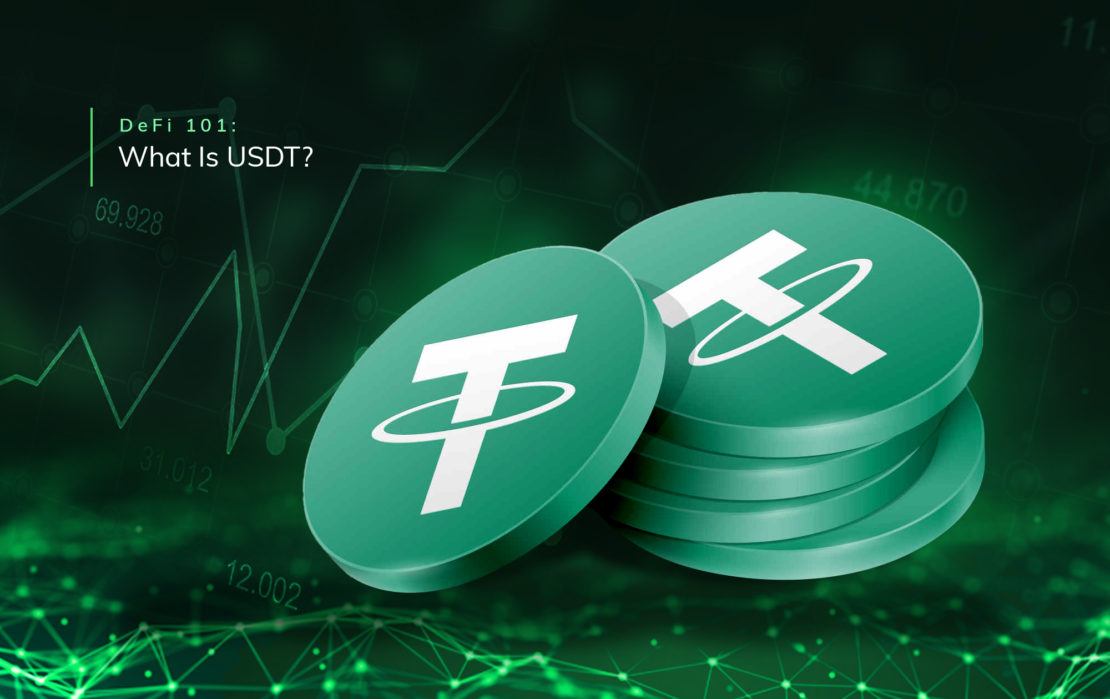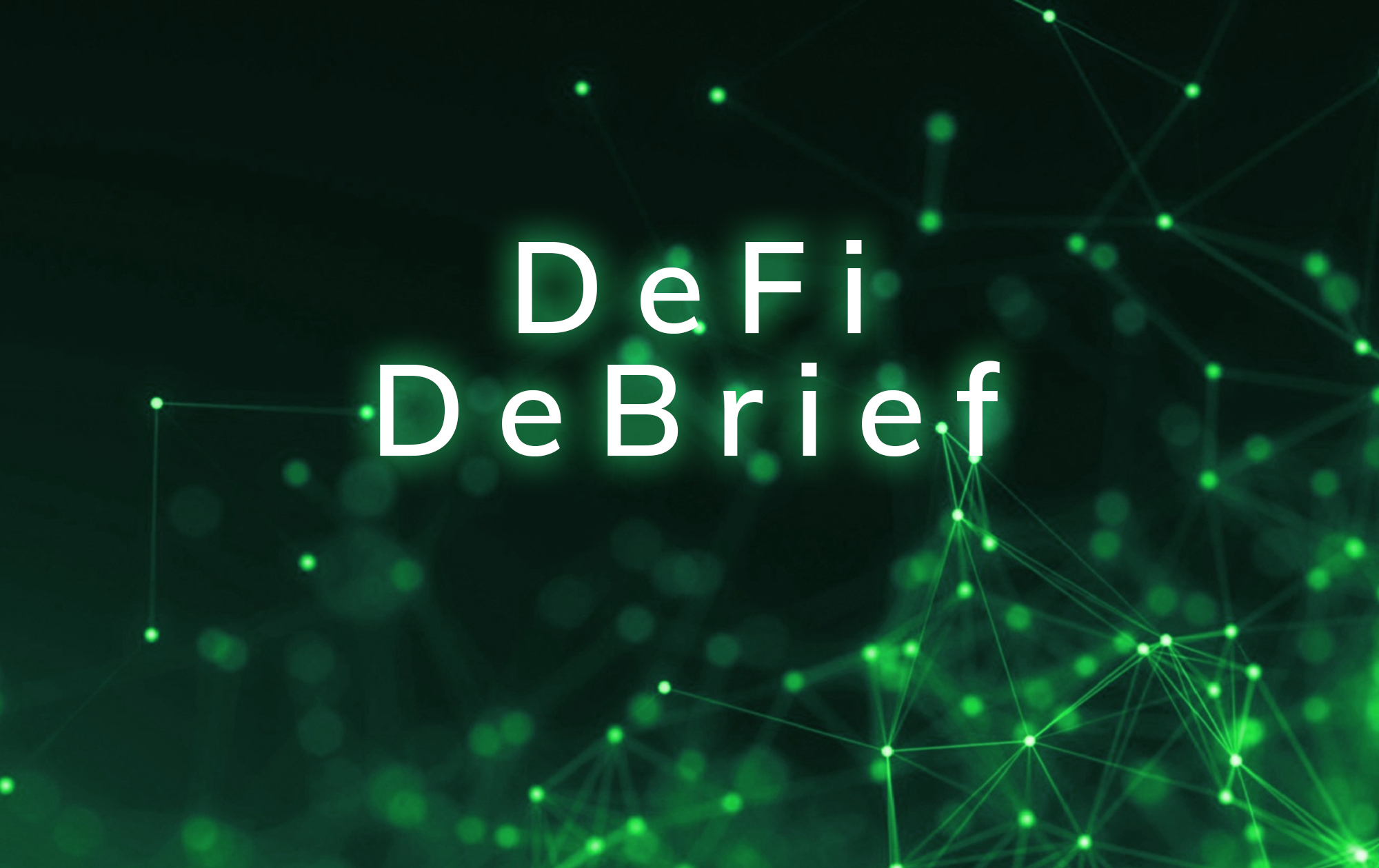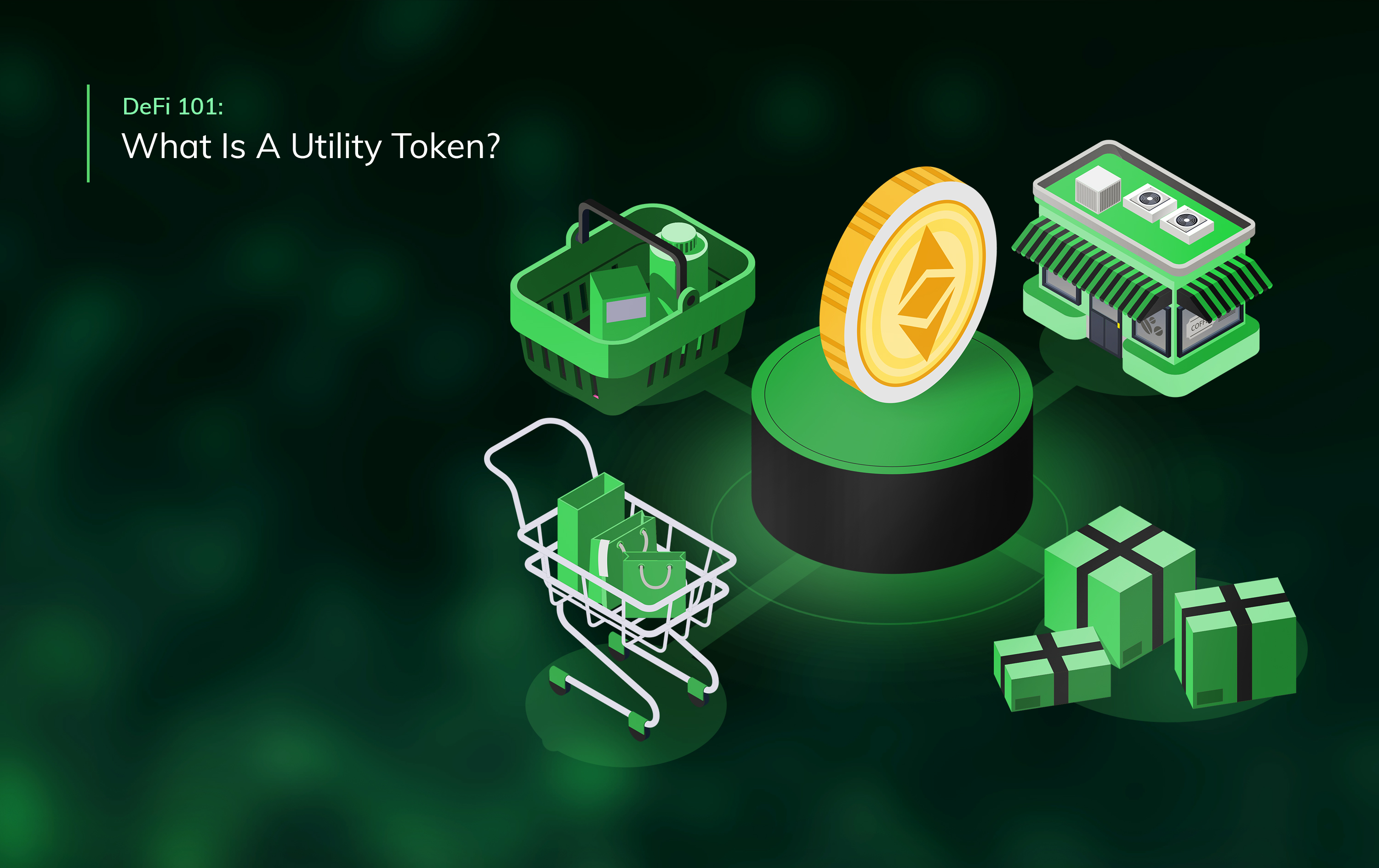DeFi 101: What Is Tether?
Tether (USDT) is a stablecoin that’s fully backed by the U.S. Dollar and cash equivalents, including other assets and receivables from loans made by Tether. Tether works like a tokenised U.S. Dollar, with each USDT pegged 1:1 with actual U.S. Dollars.
— —
Tether (or USDT, for short) is the original stablecoin.
The company behind Tether, iFinex, launched what was first called ‘RealCoin’ back in July 2014 before rebranding it to Tether later that year.
The token hit the market in February 2015, launching what has since become the mission of all stablecoins: to help users move funds between cryptocurrency and the traditional financial system with minimal volatility.
This was all made possible because Tether is a collateral-backed stablecoin, just like USD Coin (USDC). The core difference between Tether and USD Coin is that USDT doesn’t maintain cash-only reserves.
USDT uses a mix of cash and cash equivalents, leading some to ask if the collateral-backed stablecoin is, in fact, 100% backed by its collateral. That’s why Tether appointed accounting partner BDO Italia to verify its reserves every quarter.
Still, despite the doubters, Tether has long-established itself as one of the top-five cryptocurrencies by market capitalisation.
Tether (USDT): Background
Despite being the original, Tether wasn’t the first attempt at a stablecoin.
That came from a developer named J.R. Willet, who wanted to build new cryptocurrencies on the Bitcoin blockchain.
Indeed, many credit Willet for creating the first-ever altcoin, Mastercoin. Mastercoin laid the foundations for plenty of innovation, but the token never quite took off. However, one of Mastercoin’s founding members later co-founded Tether.
Tether’s first use was on the Bitcoin protocol. Then, as more blockchains came online, the team added support, and you can now find USDT on Ethereum, TRON, EOS, Algorand, Solana, OMG Network, and more.
Tether has largely maintained its dollar peg since its inception (aside from brief slips during periods of extreme volatility).
That’s why USDT is one of the most popular stablecoins worldwide.
How does USDT enter the supply?
A circulating supply of over $65 billion USDT shows how important Tether is to the crypto ecosystem. But how does USDT enter into circulation?
In essence, when you buy USDT from an exchange, you effectively mint new tokens. Then if you come to sell USDT, the tokens you sell exit the supply. Let’s take a second to imagine you buying USDT on Binance.
Here’s how the USDT minting process would work:
- You fund your Binance account with any currency
- You exchange your deposit for Tether (USDT)
- Binance mints new USDT from Tether
You’re then free to use your USDT in any which way you want, while Binance will deposit fiat currency into Tether’s reserves.
And what happens if you sell Tether? The process works just the same — but in reverse. This helps Tether ensure its U.S. Dollar reserves always back the token’s circulating supply, but that still leaves us with one final question.
Why buy a stablecoin like USDT? There are several reasons.
Why would you buy USDT?
A stablecoin like Tether works just like cash.
‘So why not just use cash?’ you ask. Well, because cash can’t promise the fast transaction speeds and low costs of the blockchain.
When you use Tether, you get:
- Near-instant transaction settlement
- Round-the-clock remittances and transfers
- Super-low cost transactions
And that’s not even the best part.
Stablecoins like Tether (USDT) have opened a whole new world of decentralised finance to users across the globe.
Everything from decentralised savings plans to instant collateralized loans are now freely available to anyone with an internet connection, but they only became possible thanks to the invention of stablecoins.
Tether is now a dominant force in the decentralised finance ecosystem. And it’s one of the most popular stablecoins on the market.
That’s why it powers our digital asset-powered savings plans, too.




